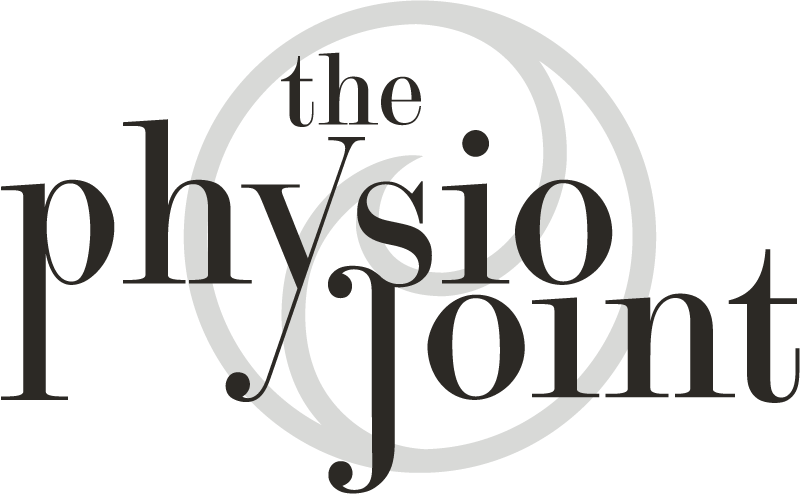A cervicogenic headache can often resemble a true migraine, causing confusion for those patients that suffer from this painful condition.
A cervicogenic headache is a referred pain resulting from an issue in the cervical spine (neck). But, because migraines can often involve some degree of neck pain as well, conditions are often misdiagnosed.
What is a cervicogenic headache?
The cervical spine is flexible and strong, however, susceptible to injury through trauma, prolonged postures, and wear from repetitive movement.
It is made up of seven vertebrae (C1 through to C7) through which the spinal cord runs. The bones and soft tissue protect the spinal cord, allowing neurological signals and blood flow in and out of the brain. This complex structural helps facilitate movements and supports the head. As there are many parts to the cervical spine, all of them have the potential to generate pain. This includes the spinal discs, nerves, nerve roots, veins, arteries, ligaments, joints, and even the vertebral bones.
How does a cervicogenic headaches differ from a migraine?
There are some characteristics of a cervicogenic headache that differ from migraines. These include neck stiffness and reduced range of motion. The pain may be worsened when you turn your neck directions or when spots of the neck are pressed upon.
Another symptom that is usually atypical of a migraine is that cervicogenic headaches can present unilaterally. The pain can also extend out and down the shoulders, while migraines will not.
Patients will also report that even in the absence of neck pain, headache symptoms will still occur and or originate from the neck and radiate upwards into the forward and behind the eyes.
Some migraines symptoms that are not usually present with cervicogenic headaches include, dizziness, nausea, vomiting, blurred vision, sound, and light sensitivity. Lastly, cervicogenic headaches usually lack the throbbing that is associated with migraines.
How can cervicogenic headaches be diagnosed and treated?
It can be a challenging task to diagnose a cervicogenic headache: however, primarily, proof of musculoskeletal involvement is key. Here at The Physio Joint, our skilled physiotherapists will take an extensive history, looking for familiar pain patterns and any history of trauma or degenerative change in the neck. In some technical cases, diagnosis via imaging or neural blocks can be used to isolate the location and pinpoint the source.
During treatment, we aim to achieve optimal freedom of movement of the small cervical (neck) joints using manual therapy techniques. We do this without cracking or manipulating the neck. We apply gentle yet specific pressures at specific angles on segments. We use specific movement retraining in the form of specifically guided exercises to achieve effective self-management. This leads to increased long-term success in the management of symptoms. Our approach involves treating the immediate and underlying issues, easing symptoms and discomfort, then educating with regards to self-treatment with the goal to prevent reoccurrence.
For some patients, guided injections, including radiofrequency neurotomies or regenerative treatments, can provide significant improvement — especially as an alternative to invasive surgical procedures.
If you believe this relates to you, don’t hesitate to book now with one of our physiotherapists.





